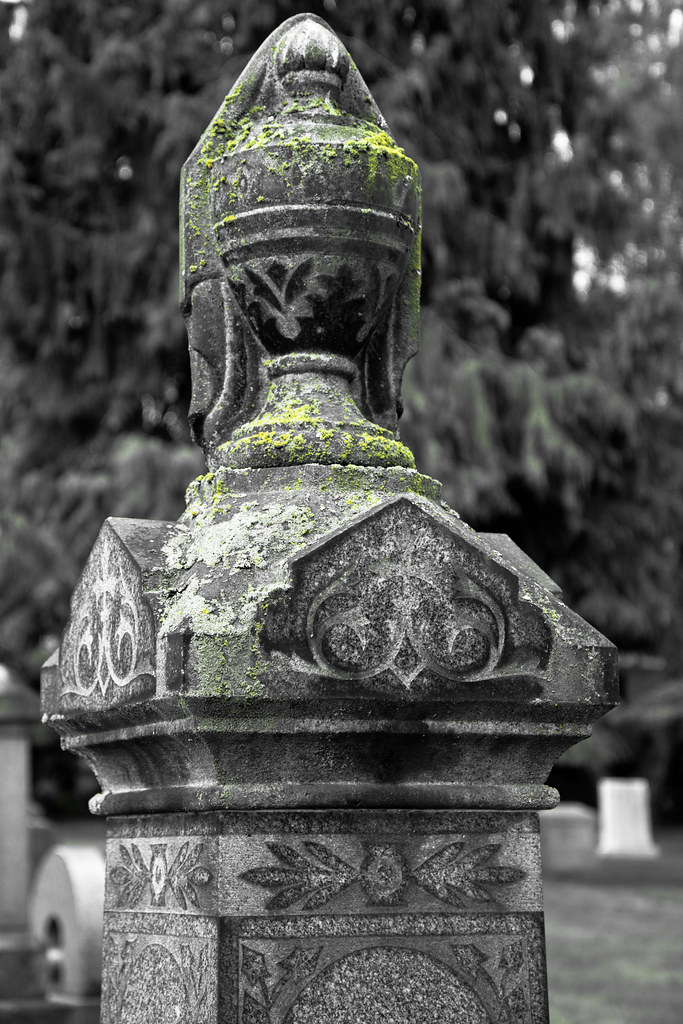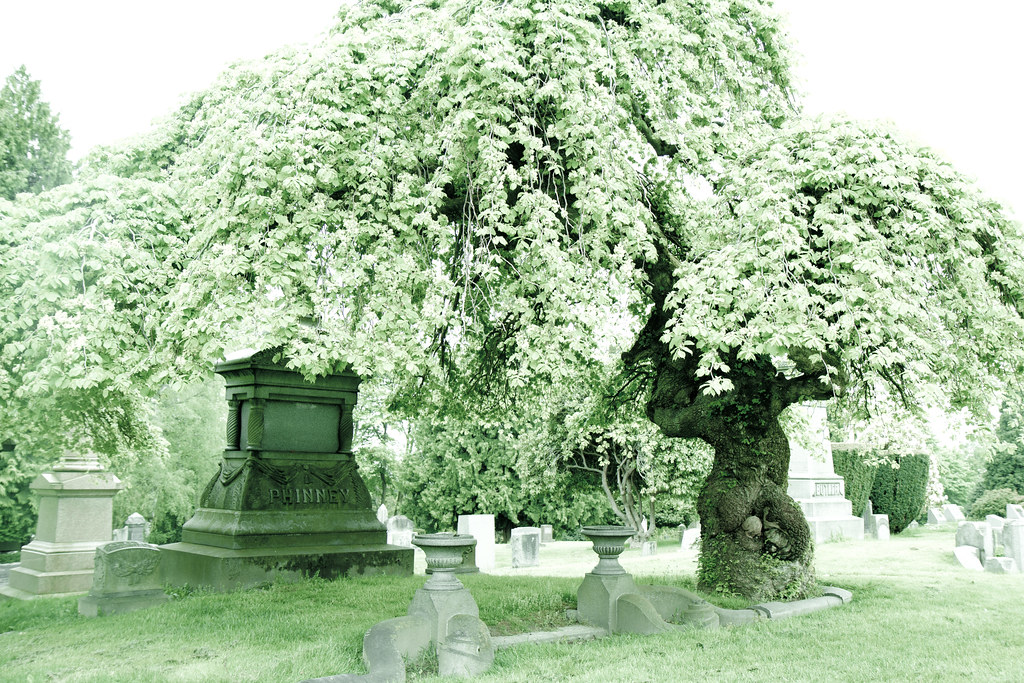You have come before the Law to make a petition. You are requesting a stay of execution, the reversal of a death sentence. You are not petitioning for yourself, but on behalf of the property of another.
You have no stake in this matter, and yet you must speak, for no one else will. Your words carry no weight save their own accuracy. The path to the Law is long and arduous. It may yet consume your energies. You are not alone, but your adversary is much stronger.
The decision has been made, your adversary says. Rights must be exercised, lest they be lost. This is freedom, and this is possession, and it has always been this way. You challenge the essence of the Law, the deepest seed from which all motion is born.
You disagree. The work of hundreds of years should not be destroyed in minutes. The world is no man’s slave. It is owed respect and stewardship. There is a limit to the abuse the owner may inflict upon the owned. The Law has created such limits, and in this case they have been flaunted. Ignored. Exempted. Left unenforced. You entered the Law through the front gate, but the adversary has slipped in through a hole in the wall, created by paid brigands for reasons you can only suspect.
The adversary laughs. You are too late. Too small. Dwarfed by the towering trees of commerce, whose roots of sunk costs and hidden favors have dug deep into the earth.
To your appeal before the Law a judge has been assigned. The judge does not wear the robes of an oracle, nor does she bring justice in a box. Truth cannot be designed by industry, or prepared in a factory. You would ask her what is fair, what is best for all, but the judge cannot hear this nor answer.
The judge is but a gatekeeper, assigned to keep pristine the edifice of the Law. She begins in the bazaar outside, a merchant or a street sweeper. Her merits eventually bring her inside the marble cathedral that is the Law. At first it appears perfect. In time she learns the flaws, the dead end corridors, the old mistakes in the architecture. As her wisdom grows, she may cautiously take up her own tools, to repair or supplement what another failed to set right. Each supplicant arrives pregnant with creative possibility, ready to submit to the midwifery of Precedent. The judge must exercise restraint, lest her activity perturb her own foundations. But every decision she makes lays down a slender layer of fresh mortar.
In this dance of fragile solidity, the Law becomes non-deterministic. It is not an algorithm that can be computed. The Law is a game built upon a unique mathematics of symbols, embedded in words whose meanings ebb and flow with strange tides. To adeptly play the game of Law, expensive specialists are required. Yours accompanies and advises you, while your precious resources dwindle.
Your case is a waiting game, you are told. Well-fed and hale, you might marshal powerful arguments. Exhausted and spent, your adversary will prevail. Behind this gatekeeper lives yet another, reachable only through sincere appeal. The third is more terrible still, and past him only rumored whisper is known. The road to the Law may never end. In this labyrinth, even your adversary must proceed with caution.
So it is that when the two of you meet in the bazaar outside the cathedral, new opportunities for agreement arise. It is here that an different system has evolved, a dance of barter and exchange formalized through the sacred process of Mediation. While the Law may yet endure behind its byzantine walls, its very complexity has become bad for business. Unusability creates alternatives.
One torch-lit night, you meet on common ground. Earnest negotiators curate and persevere, taking cryptic notes, riding obscure backchannels, exuding faith in consensus. You grant concessions, but receive few in return.
Does the adversary know you are hungry, longing for the end of the grueling duel? Does the adversary even see a purpose to this meeting, confident in his comfort within the halls of power? Where might agreement lie?
There are no good choices here. You strive to remember why you came before the Law in the first place, what you hoped to accomplish. Your eyes grow dim as the night wraps its hands around you. If the adversary prevails, the hole in the Law will grow larger, cemented strong by Precedent. Over time, it will become a new gateway into the cathedral. Today’s abusers will call themselves Law-abiding. If questioned, they will call upon the protection of the overwhelming weaponry of the Law.
The only possible settlement becomes clear. The adversary is free to go, to do as he will. But the mercenaries who opened the hole must agree to close it. You will assist in this, and learn new skills. Perhaps this will become your life’s work: to guard the grounds, to watch over your small part of the vast structure, to preserve the integrity of the Law.
As the trees fall and the air turns to smoke, you can only hope you have chosen well.

































































































































































































